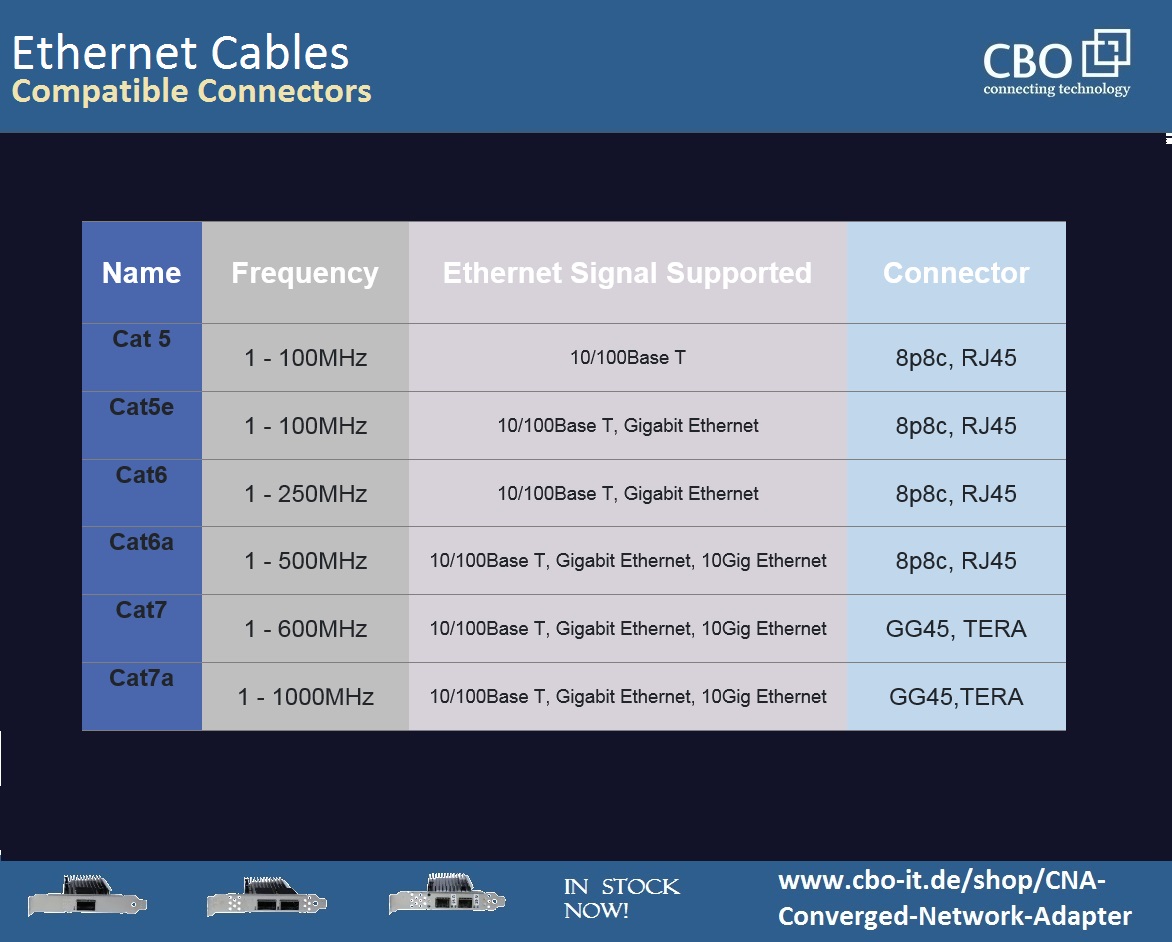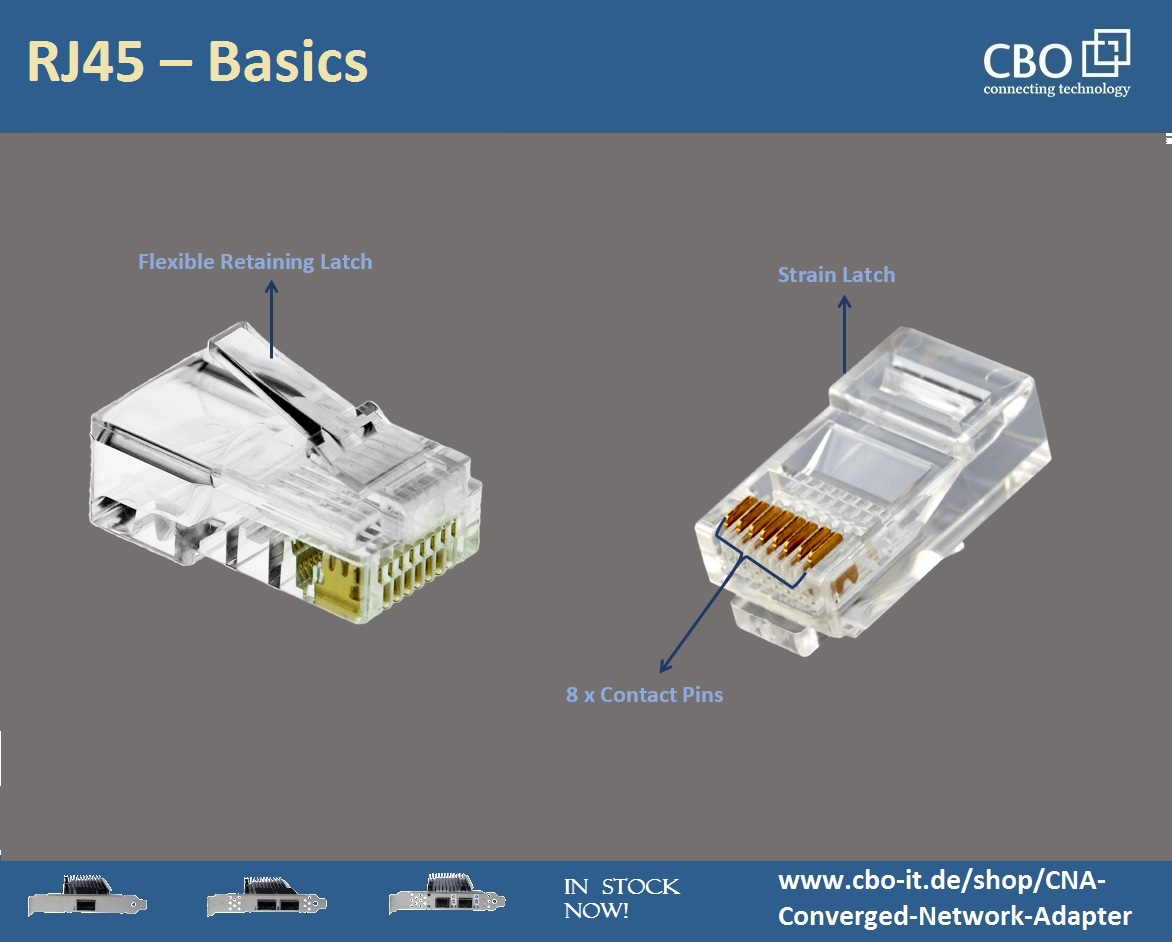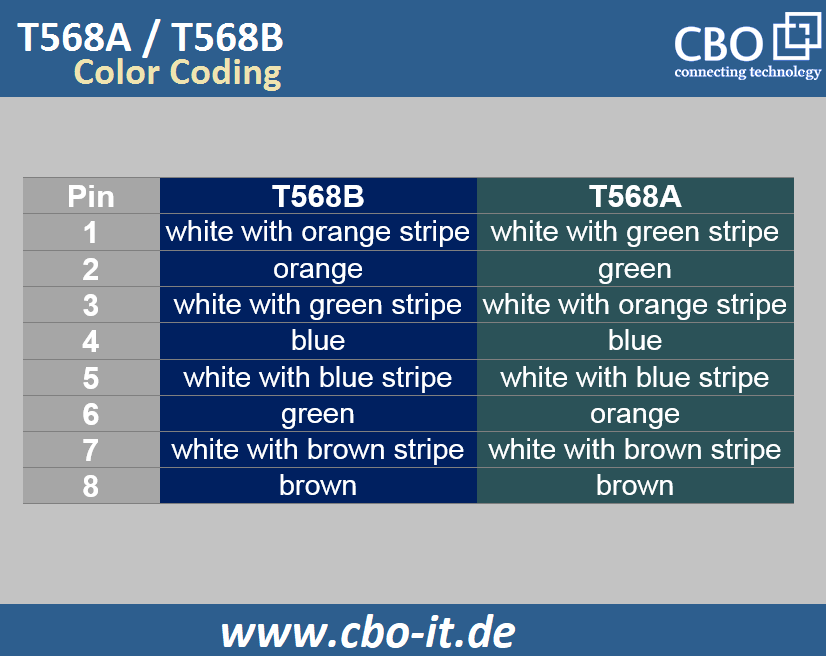Wired Ethernet Connections are still prevalent in applications with desirable increased security and speed. However, wireless networking is dominating in home settings. Many homeowners are still interested in something other than wired networking. However, it is still a valuable and viable option for many scenarios.
What is an Ethernet Cable?
Devices participating in a wired network usually connect to a modem, server, or router physically with Ethernet cables. The Ethernet cable comes with an RJ45 connector on either end. Here, RJ45 stands for Register Jack 45, one of the oldest types of jack used in networking applications. RJ45 connectors are seldom used in applications other than networking.
Ethernet cables have evolved over time in terms of speed, strength, and reliability, but the Rj45 connectors are still the same. RJ45-type connectors are used for all variations of Ethernet cables, including Category 7. However, for CAT7 cables, we have a specific connector type available, I.e., GG45 or GigaGate45. The Gigagte45 cables are fully backward compatible with standard RJ45 connectors. The following table summarizes the basics of available Ethernet cables and their connector options.

Ethernet cables come with small plastic plugs on either end that are plugged into the RJ45 jack of the Ethernet-capable devices. In this scenario, the plug jack refers to the Ethernet port or female end, and the plug refers to the male end or cable of connection.
Plugs, Pins, and Crimping
RJ45 connectors come with eight pins. The wire strands of an Ethernet cable make electrical connections with those eight pins. The plug of the RJ45 connector facilitates the insertion of each strand of the Ethernet cable through eight separate locations spaced at a length of 1 mm. In the following exhibit, you will be able to see a close-up view of the RJ45 connector:

In the industry, this type of connector is also known as an eight position, eight-contact, or 8P8C connector. Technically, we can also use 8P8C connectors in other applications, and RS-232 serial cable connections are one example. However, industry professionals often use the two terms Rj45 and 8P8C interchangeably. 8P8C connectors and Ethernet cables must be crimped in a defined wiring pattern to function appropriately.
Traditional broadband and dial-up modems use a special variation of RJ45 that is called RJ45s. The RJ45s type connector works in 8 positions 2 contacts (8P2C) configuration instead of 8 positions 8 contacts configuration. Though Rj45 and Rj45s look very identical, they are not interchangeable. Notably, RJ45s are now obsolete, and you may find them rarely.
RJ45 Connectors Wiring Pinouts
We have two standards, T568A and T568B, available, and each one of them defines the arrangement of the Ethernet cable`s eight strands. These standards determine which color strands should be terminated to which pin of the connector. In both standards, each wire is coated in one of the five colors (orange, brown. white, blue, or green). The colors of the Ethernet cable for each strand can either be a solid or a combination of solid colors and stripes. Check the table below to learn how Ethernet cable strands are colored differently in each standard;

When building custom Ethernet cables, following either one of the abovementioned standards or conventions is necessary to ensure that the cable you make will comply with other equipment. Here, it is essential to know that you should terminate both connectors of one Ethernet using one standard. So, you cannot have an Ethernet cable with one end terminated according to the T568A and the other terminated according to the T568B. T568B is considered a more popular standard for historical reasons, but in some applications, T568A is preferred.
Interestingly, we have many connectors available on the market that resemble RJ45 closely, such as RJ11 connectors used with telephone cables. The RJ11 connectors look like RJ45 connectors, but they are six-position connectors and are smaller.
RJ45 – Shortcomings
- RJ45 connectors work with traditional networks and come with limited bandwidth and speed compared to modern technologies like wireless or fiber optics. They are usually used for up to 10 Gb/s speeds but are incompatible with higher speeds.
- Their connectors are relatively bulky and large compared to other connector types. The size issue can be troublesome in scenarios where deployments are to be made in limited space, such as in network cabinets.
- RJ45 connectors come with copper cables that remain susceptible to electrical noise-related interference, electromagnetic interference, and crosstalk. These issues can result in degrading signal quality and network speed, especially in high-level interference environments.
Conclusion
In conclusion, RJ45 connectors have been a key component in home and business-level Ethernet networking for years. While they have some limitations, such as susceptibility to interference, speed constraints, and bulkiness, they remain a cost-effective solution for various networking requirements. Their ease of compatibility with existing networking infrastructure makes them a viable choice for various applications. As technology evolves continuously, it will be interesting to see how these connectors coexist with the new options in this rapidly-changing networking world.
 English
English
 Deutsch
Deutsch
 Espaniol
Espaniol










